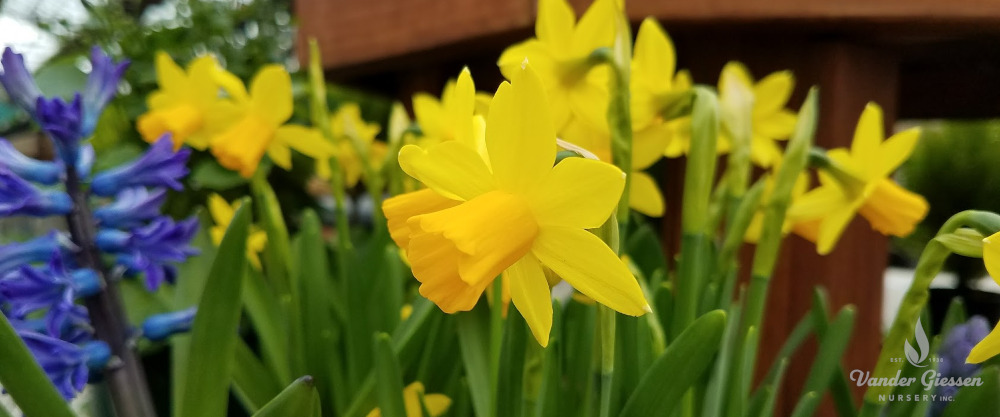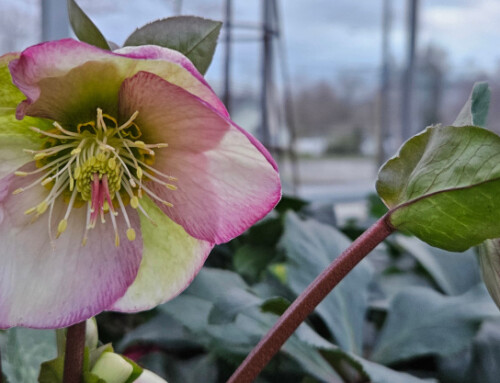Many years, autumn weather comes as a gradual cool-down to ease us into the rainy season. This year, however, proved quite different. September felt much warmer than normal and even early October was beautifully sunny and mild. Then came the cold rain—and wind. In the span of just a few days, we transitioned from late summer to what feels like early winter, and with the change comes the task of putting your yard to bed.
First things first: raking leaves. It isn’t the most fun job, but when it comes to the health of your grass, it’s absolutely necessary. Piles of leaves left to rot on your grass over winter will promote disease in your lawn or worse, smother it altogether. Once your trees are bare, take a little time and rake off your yard—consider it your pre-Thanksgiving workout.
This time of year isn’t a time when many people think to fertilize their lawn, but fall is arguably the most important season to do so. Consider this: a bear wouldn’t go into hibernation without eating a good meal first, and neither should your lawn! Although you see lawn “winterizer” fertilizers advertised in September and October, November or even early December is a much better time to do this task in our area. If it has been at least six weeks since you last fed, apply Scotts Turf Builder Winterguard now to help feed your lawn through winter. Doing so will ensure stronger roots to protect against winter damage and give your grass a faster green-up next spring.
In your flowerbeds, it’s important to prepare for winter as well. If you grow roses, now is the time to prune them back about halfway. Don’t worry about pruning to properly shape your bushes—you’ll want to do a more selective pruning in February next year. Right now, your reason for pruning is simply to minimize any snow or windstorm damage.
Many rose varieties will winter over just fine even in a bitter cold storm, but some varieties may tend to be more cold-sensitive, so take a few minutes this month to mulch around the base of your rose bushes. While some shrubs may benefit from fallen leaves piled around them for insulation, roses will be susceptible to any mold or disease the leaves harbor, so instead use well-drained bark mulch. Create a low mound around each plant to cover the knobby graft at the base; in late February next year, you’ll be able to easily uncover the plant and spread the bark around your flowerbed.
When it comes to perennials, now is the time to cut back herbaceous varieties—those that die down to the ground each year. You may opt to leave some dried perennials (like grasses) in your garden for winter interest, but keep in mind that the dead foliage may harbor fungus spores or insect larvae. For evergreen or semi-evergreen varieties like heuchera or lavender, save any pruning until next spring when growth resumes.
Lastly, have you planted bulbs for spring? While you’ll need to wait to plant lilies, gladiolus and other summer bulbs until warmer weather next year, you need to get your daffodils, tulips, crocuses or hyacinths in the ground yet this month to properly acclimate. You’ll thank yourself for the minimal work it takes when you see the bright colors emerge next spring!
November may not always be the most pleasant month to work outdoors, but with just a little bit of effort, you can keep your lawn and garden healthy through winter, making next spring that much more enjoyable.








Leave A Comment